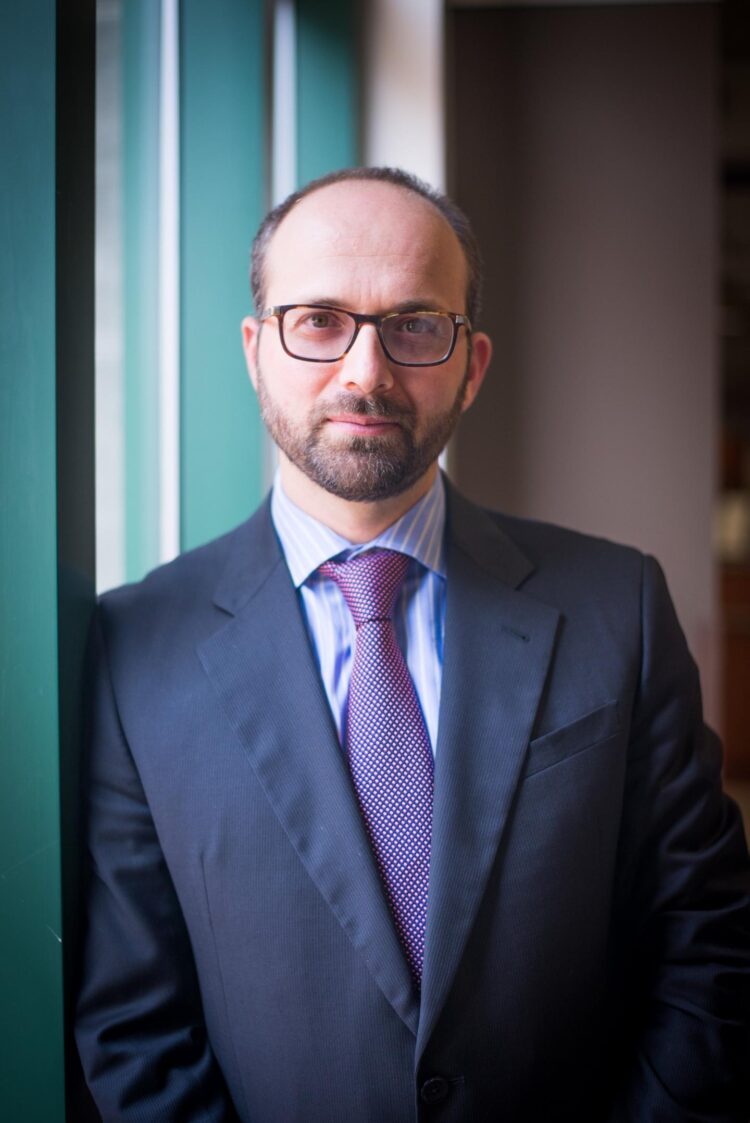PITTSBURGH, June 25, 2021 – It is widely assumed that Americans’ sexual activity took a nosedive during the early chaotic months of the coronavirus pandemic. But a new study from the University of Pittsburgh School of Medicine challenges this popular narrative.
In a research letter published in the Journal of Internal Medicine, scientists from Pitt and UPMC found that some people were having more sex during the pandemic than ever before. That group? Older men with erectile dysfunction.
“People’s sexual lives contribute to the psychosocial fabric of society,” said senior author Benjamin Davies, M.D., director of the Urologic Oncology Program at UPMC Hillman Cancer Center and professor at Pitt’s Department of Urology. “We saw a huge spike in sales of daily use erectile dysfunction drugs, which suggests that some people were having more spontaneous sex than ever–with their partners at home, they wanted to always be ready.”
In a review of National Sales Perspective data, the researchers found that sales of prescription daily-use erectile dysfunction drugs, such as tadalafil, soared after March 2020, when the country went into the nationwide lockdown.
Scientists used the sales rates of the widely available erectile dysfunction drugs as a proxy for the amount of sexual activity–and compared the changes in sales trends pre-pandemic, before March 2020, and after the pandemic was declared, between March and December of 2020. To account for possible fluctuations of drug sales due to other factors, such as ease of access to pharmacies, the researchers tracked the sales of urological drugs–which didn’t change in the months after the pandemic was declared.
Interestingly, scientists found, after a short decrease in sales in March and April, the sales of erectile dysfunction drugs have enjoyed a steady increase ever since. The sales of tadalafil, in particular–a longer-acting drug designed to be taken daily to help with spontaneous sexual activity–nearly doubled between February and December of 2020.
“Changes in sales of erectile dysfunction drugs can indicate important problems and point out issues in people’s general well-being,” said Davies.
###
Other authors on this manuscript include Inmaculada Hernandez, Pharm.D., Ph.D., Zeynep Gul, M.D., and Walid Gellad, M.D., M.P.H., all of Pitt.
This research was supported by National Heart, Lung, and Blood Institute grant # K01HL142847.
To read this release online or share it, visit https:/
About the University of Pittsburgh School of Medicine
As one of the nation’s leading academic centers for biomedical research, the University of Pittsburgh School of Medicine integrates advanced technology with basic science across a broad range of disciplines in a continuous quest to harness the power of new knowledge and improve the human condition. Driven mainly by the School of Medicine and its affiliates, Pitt has ranked among the top 10 recipients of funding from the National Institutes of Health since 1998. In rankings recently released by the National Science Foundation, Pitt ranked fifth among all American universities in total federal science and engineering research and development support.
Likewise, the School of Medicine is equally committed to advancing the quality and strength of its medical and graduate education programs, for which it is recognized as an innovative leader, and to training highly skilled, compassionate clinicians and creative scientists well-equipped to engage in world-class research. The School of Medicine is the academic partner of UPMC, which has collaborated with the University to raise the standard of medical excellence in Pittsburgh and to position health care as a driving force behind the region’s economy. For more information about the School of Medicine, see http://www.
About UPMC?
A $23 billion health care provider and insurer, Pittsburgh-based UPMC is inventing new models of patient-centered, cost-effective, accountable care. The largest nongovernmental employer in Pennsylvania, UPMC integrates 92,000 employees, 40 hospitals, 800 doctors’ offices and outpatient sites, and a more than 4 million-member Insurance Services Division, the largest medical insurer in western Pennsylvania. In the most recent fiscal year, UPMC contributed $1.7 billion in benefits to its communities, including more care to the region’s most vulnerable citizens than any other health care institution, and paid more than $900 million in federal, state and local taxes. Working in close collaboration with the University of Pittsburgh Schools of the Health Sciences, UPMC shares its clinical, managerial and technological skills worldwide through its innovation and commercialization arm, UPMC Enterprises, and through UPMC International. U.S. News consistently ranks UPMC Presbyterian Shadyside among the nation’s best hospitals in many specialties and ranks UPMC Children’s Hospital of Pittsburgh on its Honor Roll of America’s Best Children’s Hospitals. For more information, go to UPMC.com.
http://www.
Contact: Anastasia Gorelova
Mobile: 412-491-9411
E-mail: [email protected]
Contact: Cyndy Patton
Mobile: 412-415-6085
E-mail: [email protected]
Media Contact
Anastasia Gorelova
[email protected]
Related Journal Article
http://dx.





